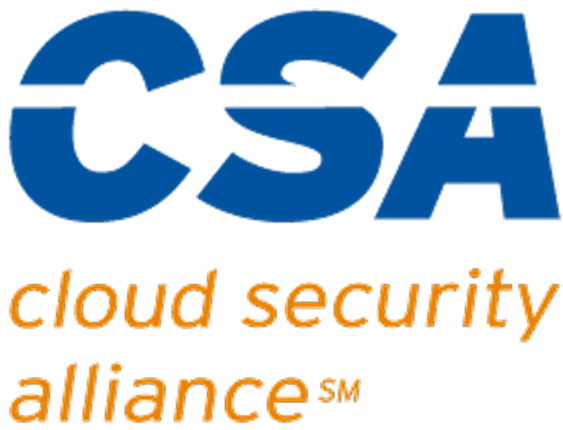Introduction
If your printer won’t print, don’t panic! There are many possible reasons why this might be happening, and most of them are easy to fix. This article will discuss the most common reasons why printers stop working and how you can get your printer up and running again.
Top reasons that a printer will not print:
- The printer is not turned on or has gone to “sleep”
- There is no paper in the tray, or the paper is not feeding
- The ink/toner cartridges are empty or need to be replaced
- The printer’s power or data cables are unplugged or loose
- There is a problem with the drivers or software
- The printer is not connected to the network
- The printer queue is full or stuck
- The printer has an error
- Wrong printer selected
- The printer is not added to your computer
- The printer is dying
Let’s look at these one at a time and go over some steps to resolve the issue.
The printer is not turned on or has gone to “sleep”
It might seem overly obvious, but take a moment to verify that the printer is on. An indicator light or LCD panel should show that your printer is powered up and ready. Modern printers often have power saver modes that will kick in when they’ve not been used for a while – the printer is supposed to “wake up” when it gets a print job, but sometimes it may stubbornly stay “asleep.” If your printer isn’t turned on or has gone to sleep and will not wake up, you need to power it back up. To do this, locate the power button on the printer and press it until the machine turns on. If your printer is in sleep mode, a momentary press of the power button should wake it up.
There is no paper in the tray, or the paper is not feeding
Another obvious issue that is worth checking is one of the most common reasons printers won’t print – if there’s no paper in the tray, the printer can’t do its job! You will usually get a desktop notification when attempting to print to a printer with no paper or a paper jam, but putting your eyes on the printer itself is worthwhile. Make sure that you have a stack of paper ready to go and that it is properly loaded into the tray. The instructions for loading paper vary from printer to printer, so be sure to check your printer’s manual for specific instructions on how to do this.
The ink/toner cartridges are empty or need to be replaced
If your printer is not printing, one of the first things you should check is the status of your ink or toner cartridges. If they are empty or close to being empty, that could be why your printer isn’t working. Many printers have warning indicators or messages telling you when the cartridges need to be replaced, but if you’re unsure how to check the ink levels or don’t see any warnings, consult your printer’s manual. You may also want to purchase a backup set of ink/toner cartridges to be always prepared.
The printer’s power or data cables are unplugged or loose
If your printer suddenly stopped working, a cable may have come loose. Check all of the wires that are connected to your printer – the power cord, USB cable, and any other wires that might be attached. Ensure that they are all plugged in securely and that there are no loose connections on both ends (meaning check the back of your computer, network device, and wall outlet or power strip to ensure that the other end of the connection is OK as well). Also, check for any damage to the cables – if you see any fraying or other signs of wear and tear, it’s probably time to replace the cable.
There is a problem with the drivers or software
If your printer was working fine and then stopped, there may be a problem with the drivers or software on your computer. This can happen if you upgrade your operating system, install new software, or power down your computer improperly. The first thing to do is check for any updates to the drivers or software – many times, these can be found on the manufacturer’s website, or you can use the functions in Windows and macOS to find and install updates. If no updates are available, you can use those same functions to try uninstalling and reinstalling the drivers or software. You can also try restarting your computer.
The printer is not connected to the network
If you have a network printer (one that connects to your home or office network rather than connecting directly to a single computer) that isn’t printing, it may not be connected to the network. This could be due to a problem with the network itself or an issue with the printer’s connection to the network. To troubleshoot this, try physically disconnecting and reconnecting the printer to the network and/or turning the printer off then back on to see if that fixes the issue. If it’s still not working and your network seems fine otherwise, consult your printer’s manual for troubleshooting steps. Sometimes, repeating the steps you took to connect your printer to the network for the first time will resolve the issue.
The printer queue is full or stuck
If you try to print something and the printer doesn’t seem to be doing anything, it’s possible that the print queue is full or has a document that is stuck in it. To clear the print queue, open the “Printer” or “Print & Fax” section of your computer’s settings and delete any documents in the queue. Here’s how to do that in Windows and macOS. If the printer is still not working, you may need to restart your computer or even the printer itself.
The printer has an error
If your printer displays an error message (onscreen or with an indicator light or display panel on the printer itself), it’s trying to tell you what’s wrong. This information can be found in the printer’s manual, or you can search for a solution online. Common printer errors include “Ink cartridge missing,” “Paper jam,” and “No paper.”
You’ve selected the wrong printer
If you have more than one printer installed on your computer, you may have accidentally selected the wrong one. To check this, open the “Printer” or “Print & Fax” section of your computer’s settings and see which printer is selected as the default. If it’s not the one you want to use, select the correct printer from the list – here’s how to do that in Windows and macOS. If the previous printer was unavailable or turned off, you may need to clear the print queue per the section above. Try printing again once you’ve done that and selected the correct printer.
The printer is not added to your computer
If you can’t find your printer in the “Printer” or “Print & Fax” section of your computer’s settings, it may not be added to your computer. To add a printer in Windows, open the “Control Panel” and click on “Add a Printer.” In macOS, open the “System Preferences” and click on “Printers & Scanners.” Follow the instructions to add your printer – you may need the IP address or hostname and the drivers or software. Once you’ve added the printer, try printing again.
The printer is out of date or dying
It’s possible that your printer is just old and needs to be replaced. If you’ve tried all of the other solutions on this list and your printer is still not working, it may be time for a new one.
Conclusion
If your printer won’t print, there are several possible reasons why. The good news is that many of these issues can be resolved relatively quickly. Always start by checking the basics, like making sure your printer is turned on and has paper. We hope that you’ve found this guide to be helpful. Thanks for reading!




